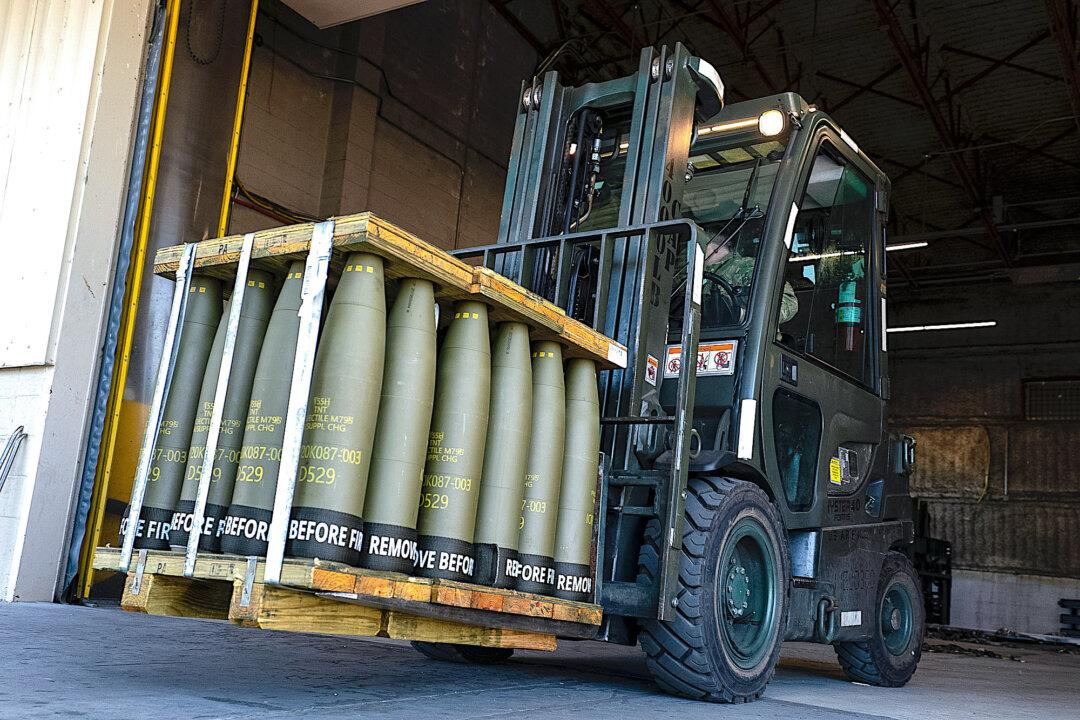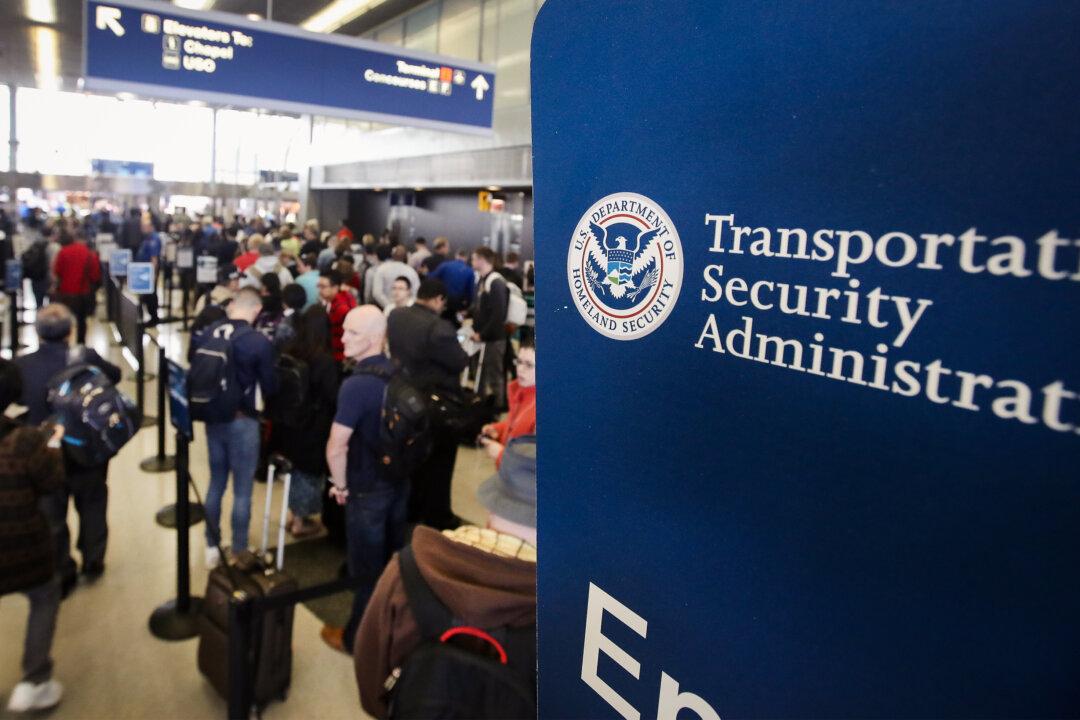The Biden administration on Friday authorized a new $400 million military aid package for Ukraine, as Russian forces are trying to penetrate the Ukrainian defenses in a new round of offensive.
The latest tranche, much like the 56 preceding ones, involves transferring weapons already in the Pentagon’s inventory.
According to the Pentagon, this package has an estimated value of $400 million and will support Kyiv’s “most urgent battlefield requirements.” It contains, among other items, Patriot and NASAMS surface-to-air missiles, Stinger anti-aircraft missiles, 155 mm and 105 mm artillery shells, Bradley infantry fighting vehicles and M113 armored personnel carriers, and Javelin and AT-4 anti-tank launchers.
“I am grateful to [President Joe Biden], Congress, and the American people for the new military aid package announced today,” Mr. Zelenskyy wrote, adding that the package will “help save civilian lives” and strengthen Ukraine’s fighting force.
“It will also allow us to better protect our cities and communities from Russia’s ongoing air terror attacks on Ukrainian critical infrastructure and energy facilities,” he added.
Friday’s announcement follows the Senate’s overwhelming approval of a $93.5 billion foreign aid funding package, which had been entangled in months of debate and was stalled in the House. About $61 billion of that aid package will be allocated to Ukraine.
On April 26, U.S. Defense Secretary Lloyd Austin said his department was ready to move forward with sending $1 billion worth of weapons and equipment to Ukraine, promising to send “more ammunition for HIMARS, 155 mm ammunition, air defense interceptors, and armored vehicles.”
Russia Launches New Major Offensive
According to Mr. Zelenskyy, Russian troops on Friday launched a new wave of ground offensive into Ukraine’s northeast Kharkiv region.“Ukraine met them there with our troops, brigades, and artillery,” Mr. Zelenskyy said during a press briefing with Slovak President Zuzana Caputova in Kyiv. “It’s important that they can increase and pull more forces in this direction.”
Located less than 19 miles from the Russian-Ukrainian border, Kharkiv is Ukraine’s second-largest city. Despite its proximity, Russian forces failed to seize the city in the first weeks of the full-scale invasion in 2022.
“Now, there is fierce battle underway with artillery fire,” Mr. Zelenskyy said.
According to an update from the Defense Ministry of Ukraine, Russian forces attempted to break through Ukrainian defense lines under the cover of armored vehicles at around 5 a.m. local time.
“Reserve units have been deployed to strengthen the defense in this area of the front,” the update read. “The Defense Forces of Ukraine continue to hold back the enemy’s offensive.”
Almost around the same time, the Ukrainian government’s anti-disinformation division dismissed speculations of an upcoming Kharkiv offensive as a Russian psychological operation.
“Talks about 350,000 military personnel they want to recruit for this task, [Russian TV anchor Vladimir] Solovyov’s threats are just talks. This is just PSYOP,” he added. “Now the enemy is only able to shell and terrorize the city, and to this terror he adapts narratives about an offensive that is impossible.”







